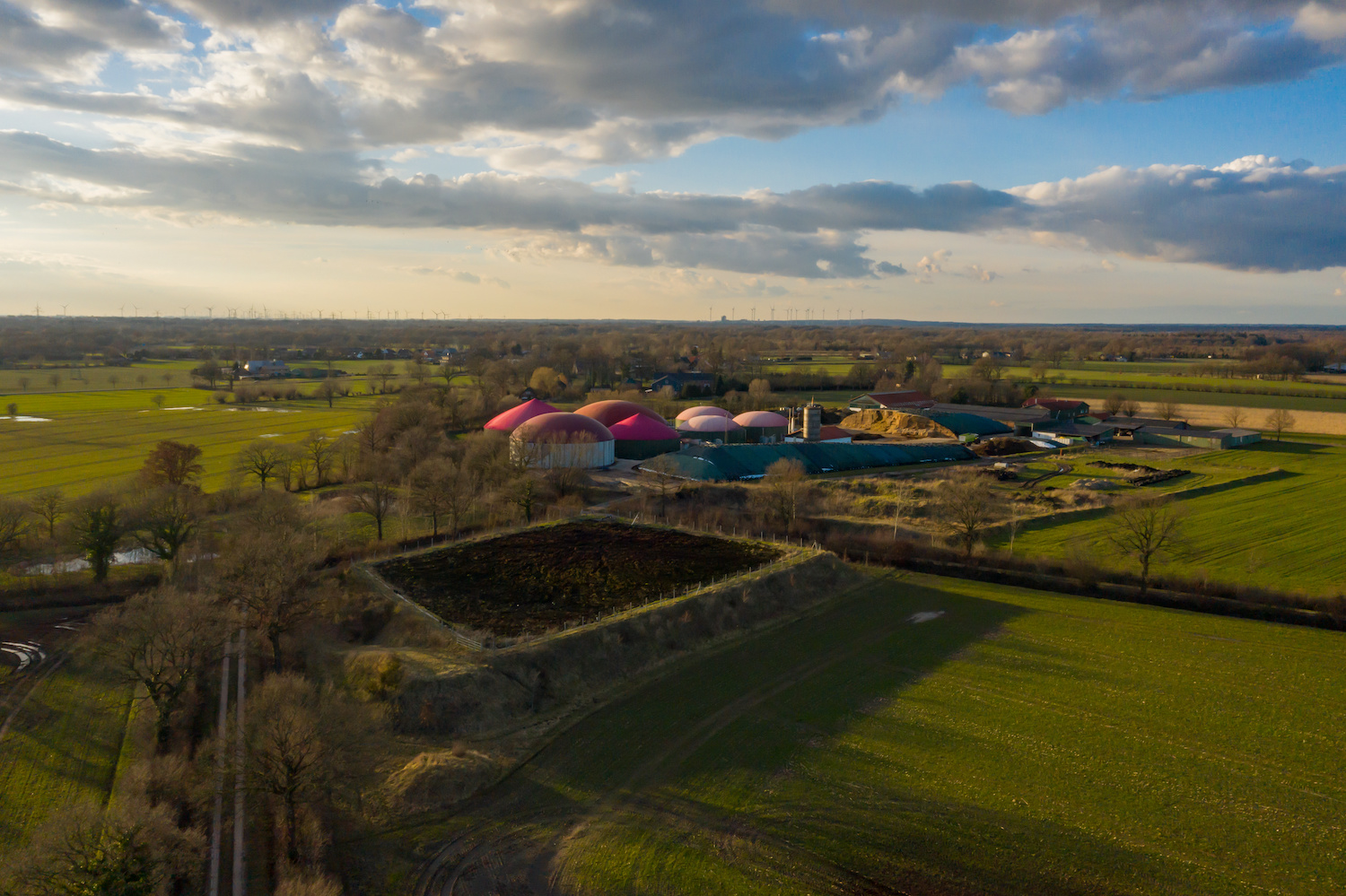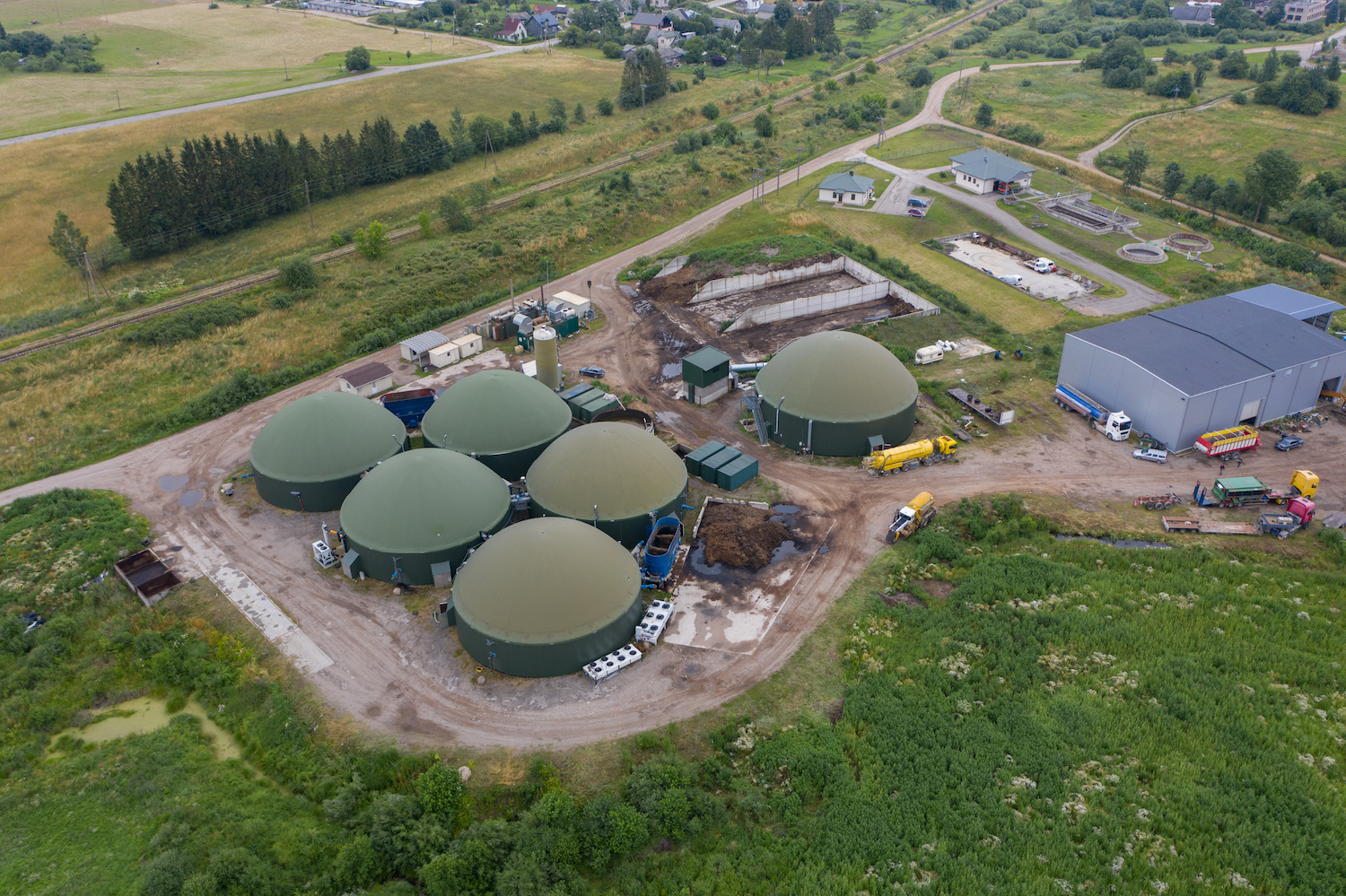How is biomethane produced?
Biomethane production
Biomethane production is a promising process that offers both environmental and economic benefits. Biomethane is produced from biological waste and can be used as a renewable fuel in various applications.
Biomethane is derived primarily from organic materials such as agricultural waste, food scraps, sewage sludge, and other biological sources. These wastes are treated in an anaerobic digestion plant to release the methane gas.
Anaerobic digestion: The key to producing biomethane is anaerobic digestion. In this process, organic waste is decomposed in a sealed container, also called a bioreactor, under oxygen-free conditions. The natural microorganisms in the waste decompose the organic materials, producing methane gas.
Processing and purification: After anaerobic digestion, the gas produced contains not only methane but also other impurities such as carbon dioxide, water and sulfur compounds. To make the biomethane usable for various applications, it must be purified and freed from these impurities. This process is called upgrading and includes steps such as dehumidification, desulfurization and removal of carbon dioxide.
Feed-in and use: The purified biomethane can be fed into the existing natural gas grid and serve as a renewable fuel for various applications. Biomethane can be used, for example, to generate electricity in gas-fired power plants or as a fuel for vehicles, especially gas-powered vehicles. It is a climate-friendly alternative to conventional fossil fuels and significantly reduces CO2 emissions.
The production of biomethane offers a sustainable solution for energy production from biological waste. The process of anaerobic digestion and treatment enables the conversion of waste into a renewable fuel that can serve various applications. By using biomethane, we can reduce our dependence on fossil fuels and make a positive contribution to reducing greenhouse gas emissions.
More articles about biomethane

is biomethane sustainable?
We will go through this question and give you a detailed answer

What is biomethane?
What exactly biomethane is and how it can be used, you can find out here

